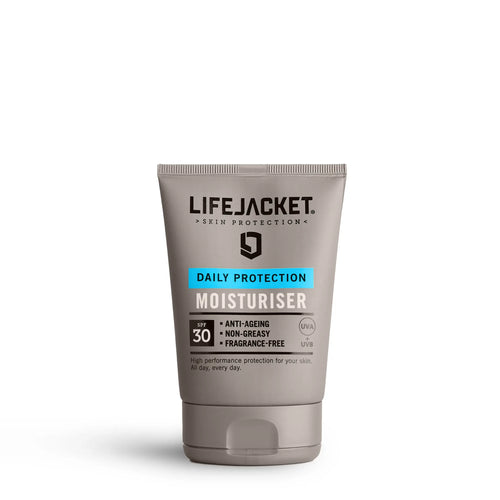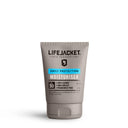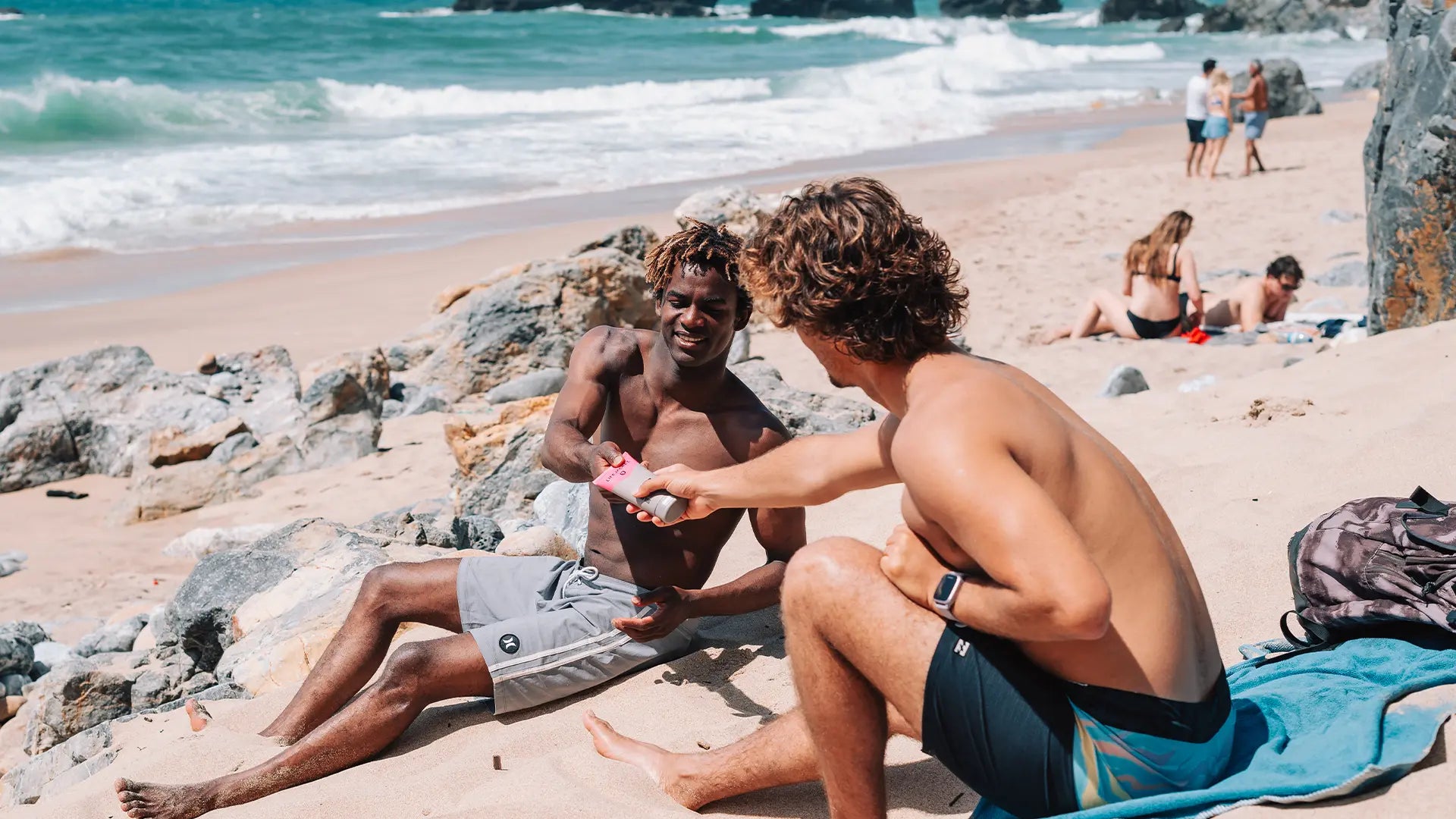SPF 30 Daily Protection Moisturiser
Complementary Products
HOW TO USE IT
Use at the start of your day - every day - before heading out. Apply three fingers or about half a teaspoon to your face. Use more if putting on your head or neck. Apply to clean, dry skin.
WHY'S IT FOR YOU?
The recommendation all dermatologists universally agree on: use SPF all year round to reduce the signs of premature ageing and help prevent other forms of skin damage
Get better-feeling, moisturised AND protected skin thanks to this high performance, lightweight and non-greasy SPF 30 UVA 5* cream
For all skin types and clinically approved for sensitive skin—see our positive reviews from customers with acne, eczema and psoriasis
Fragrance free to reduce irritation and avoid clashing with cologne/perfume.
Cruelty free
Double the size and value of most SPF moisturisers: lasts 4-6 months when used daily on the face
INGREDIENTS
Every ingredient matters. We use only what’s needed—nothing more. Our high-performance formulas are built on cutting-edge science and smart ingredient tech. That’s why they work—and why we’re different.
Tris-Biphenyl Triazine – A next-generation UV filter that offers exceptional broad-spectrum protection against UVA and UVB rays. Developed over a decade and approved in the EU after rigorous testing, this cutting-edge tech outperforms traditional filters.
Aqua-light texture – Weightless feeling on the skin while providing serious protection from harmful radiation.
Propylheptyl Caprylate – Delivers silky softness, improves UV filter performance and reduces white cast for a smooth, invisible finish.
Smart skincare meets sensory feel – Powerful protection that feels good, applies beautifully and is an absolute bedrock of any daily protection routine and long-term skin health.
LifeJacket products do not contain oxybenzone or oxtinoxate.
INCI: Aqua, Propylheptyl Caprylate, C12-15 Alkyl Benzoate, Methylene Bis-Benzotriazolyl Tetramethylbutylphenol, Glycerin, Octocrylene, Dipropylene Glycol Dibenzoate, Bis Ethylhexyloxyphenol Methoxyphenyl Triazine, Butyl Methoxydibenzoylmethane, Decyl Glucoside, Cetearyl Alcohol, Cetearyl Glucoside, Phenoxyethanol, PPG-15 Stearyl Ether Benzoate, Tris-Biphenyl Triazine, Hydroxyacetophenone, Sodium Stearoyl Glutamate, Triethanolamine, Acrylates/C10-30 Alkyl Acrylate Crosspolymer, Xanthan Gum, Carrageenan, Ethylhexylglycerin, Propylene Glycol, Butylene Glycol, Disodium Phosphate






